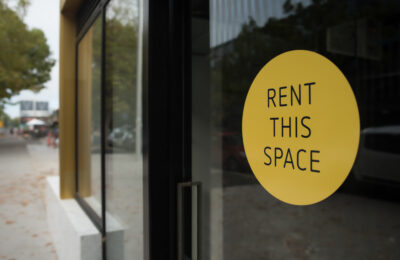New year, new prospects for China’s prime housing markets
Beijing and Shanghai ready to join ultra-prime club as Guangzhou benefits from infrastructure projects, while Hong Kong steels itself for adjustment year

Prime housing prices will continue to grow in mainland China in 2019 while Hong Kong could be in store for a price correction in certain residential segments, Knight Frank stated in its new outlook report released today.
Prices in first-tier mainland cities are expected to rise two to three percent on average, with those in the Greater Bay Area expected to increase faster at five to seven percent due to improved connectivity.
Hong Kong prices, on the other hand, could correct by up to five percent in the super luxury segment and 10 percent in the luxury segment.
In Shanghai, prime residential prices went up 2.4 percent to CNY122,564 per square metre (USD17,800) in the first nine months this year, while those in Beijing climbed 3.1 percent to CNY101,264 per square metre. Both cities benefited from steady demand and a manageable flow of supply from developers, Knight Frank noted.
The cities are likely to join a group of ultra-prime markets where three or more sales above USD25 million take place every year.
In Guangzhou, prime home prices soared 6.1 percent to CNY73,879 per square metre as the city enjoyed windfalls from the opening of large infrastructure projects within China’s Greater Bay Area.
In contrast, this year has seen Hong Kong cleaving into a two-speed market: a primary market whose prices have been supported by attractive in-house financing options and a secondary one in which owners have cut asking prices in the face of rising mortgage rates.
“Going forward, we believe 2019 will be an adjustment year for housing prices in Hong Kong as government policies, economic and political headwinds blow harder,” Knight Frank analysts wrote in a statement.
Prime housing prices in the Chinese SAR hit HKD33,956 per square foot in the first nine months of 2018, an increase of 3.9 percent. This is markedly slower than the 7.3 percent rise recorded for 2017.
Recommended
Meet the vagabond architect behind India’s housing scene
Vinu Daniel is helping to shake up India’s home building setting
Where Asian real estate stands in a fragmented, warmer world
Asia’s real estate industry faces many and varied challenges as external factors continue to bite
6 sights to see in Singapore’s Marine Parade
Handily located Marine Parade has emerged as a vibrant investment choice in the Lion City
There’s a township dedicated to health and wellness in Malaysia
Property seekers have their health needs catered for at KL Wellness City








